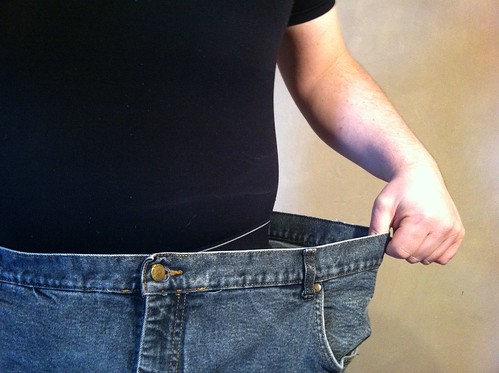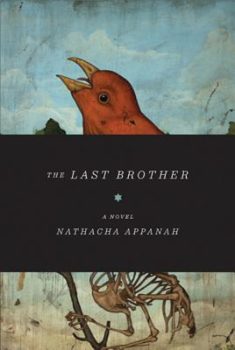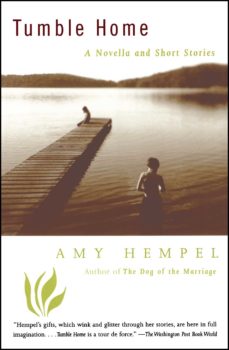Is your writing lean and trim? Or does it need to shed some flab? Recently, user Leigh posted on FWR’s Facebook wall about an interesting writing-analysis tool, WritersDiet. Intrigued, I clicked on over. WritersDiet is a free online tool that analyzes a sample of your text. Paste in any text you want, hit “Run the test,” and the site provides an overall “fitness” report and a bar graph showing your usage of verbs, nouns, prepositions, adjectives/adverbs, and it/this/that/there. Here’s how it scored a few different samples:
1. The opening paragraphs of a front-page story from the New York Times:
The results: the New York Times article “needed toning,” rating “flabby” in its verb usage.
2. Classic literature: Great Expectations and Pride and Prejudice
To my surprise, the beginning of Great Expectations ranks “lean and trim” (view the graph), but the first few paragraphs of Austen’s Pride and Prejudice didn’t fare so well–oh dear.
3. Contemporary fiction: George Saunders and Jonathan Franzen
What about contemporary literature? I popped in this passage from George Saunders’ recent New Yorker story “Tenth of December“:
The pale boy with unfortunate Prince Valiant bangs and cublike mannerisms hulked to the mudroom closet and requisitioned Dad’s white coat. Then requisitioned the boots he’d spray-painted white. Painting the pellet gun white had been a no. That was a gift from Aunt Chloe. Every time she came over he had to haul it out so she could make a big stink about the woodgrain.
Today’s assignation: walk to pond, ascertain beaver dam. Likely he would be detained. By that species that lived amongst the old rock wall. They were small but, upon emerging, assumed certain proportions. And gave chase. This was just their methodology. His aplomb threw them loops. He knew that. And revelled it. He would turn, level the pellet gun, intone: Are you aware of the usage of this human implement?
Alas, poor George came out as “flabby.”
But how about the opening to Jonathan Franzen’s much-touted Freedom? Fit and trim—view the graph here!
4. Your humble wannabe novelist
And last, at great risk to my own ego, I pasted in the opening to the latest draft of my novel. The verdict, to my great delight: “lean,” the leanest of any of the samples I’d tested.
So…?
What does all of this tell us? Nothing—though I appreciated the affirmation. Says the WritersDiet FAQ:
Q. Can effective writing really be reduced to a numerical formula?
A. No, of course not. The WritersDiet Test does not attempt to measure for vividness of expression, clarity of thought, fluidity of style, or any of the other elements that matter most in engaging writing. The test does, however, provide a user-friendly method for identifying some of the sentence-level grammatical features that most frequently weigh down academic prose.
Q. I ran the WritersDiet Test on a passage by my favorite author, and it came out “flabby.” Doesn’t this mean your test is flawed?A. I developed the test to help stodgy academic writers write more clearly and energetically. Many fabulous pieces of prose will receive scores of “flabby” or even “heart attack” on the test, because stylish writers have the confidence and skill to play around with language in ways that the WritersDiet Test is not designed, and therefore should not be expected, to evaluate.
But what the WritersDiet Test can help you with is identifying patterns in your writing. It can show you, in color-coded form, whether you use lots of adverbs or prepositions. It will highlight every “it,” “this,” “that,” and “there” in your sample text. Then you can decide what—if anything—to do about it.
Further Reading:
- In his Quotes & Notes column, Steven Wingate discusses when to cut—and more important, when to be cautious.
- A true story about why prepositions matter—and why having too many might make your prose weaker.
- Want to learn to write a good sentence? Stanley Fish has some advice.






